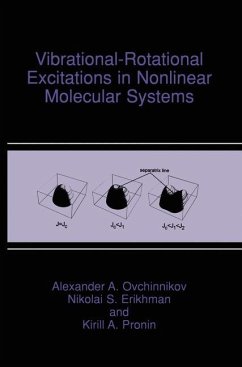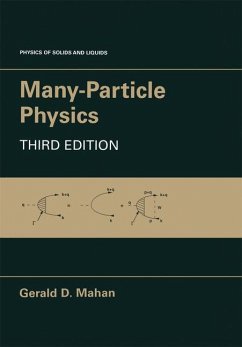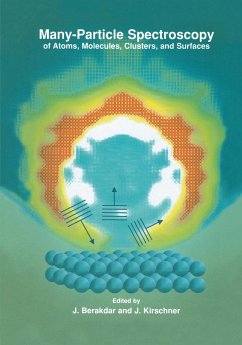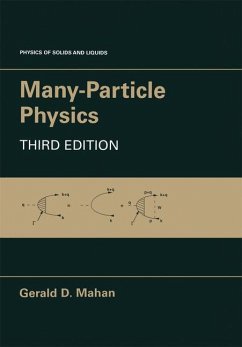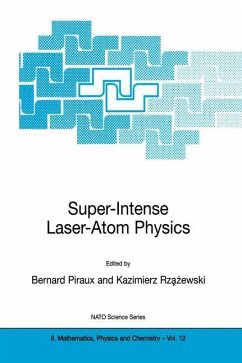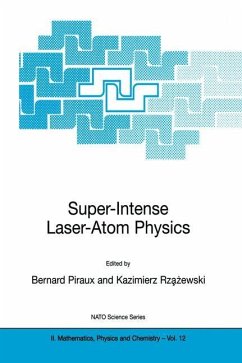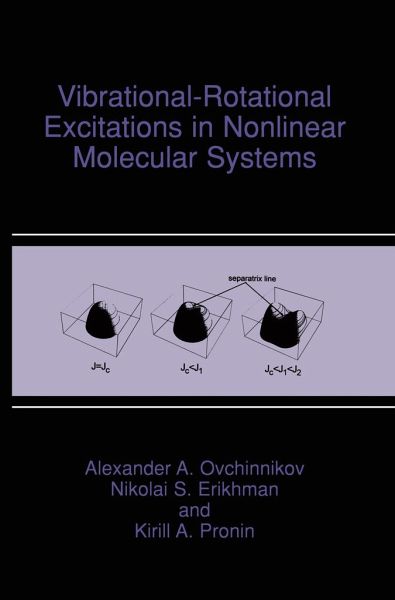
Vibrational-Rotational Excitations in Nonlinear Molecular Systems
"If there would be no God ~ then what a staff-captain am I?" ~ said one of the characters in a novel by Dostoevskii. In a similar way we can exclaim: "If there would be no nonlinearity ~ than what physics would that be'?". Really, the most interesting and exciting effects are described by non linear equations, and vanish in the linear approximation. For example, the general theory of relativity by A.Einstein comes to mind first - one of the most beautiful physical theories, which is in fact essentially nonlinear. Next, the phase transitions crystal ~ liquid and liquid ~ gas are due to the anha...
"If there would be no God ~ then what a staff-captain am I?" ~ said one of the characters in a novel by Dostoevskii. In a similar way we can exclaim: "If there would be no nonlinearity ~ than what physics would that be'?". Really, the most interesting and exciting effects are described by non linear equations, and vanish in the linear approximation. For example, the general theory of relativity by A.Einstein comes to mind first - one of the most beautiful physical theories, which is in fact essentially nonlinear. Next, the phase transitions crystal ~ liquid and liquid ~ gas are due to the anhar monicity of inter-particle interactions, to dissociation and infinite motion. Similarly, transitions into the superconducting state or the superftuid would be impossible with purely harmonic interaction potentials. Another bril liant achievement in nonlinear physics was the construction of a laser and the subsequent development of nonlinear optics. The latter describes the in teraction of the matter with light of super-high intensity, when multi-quanta intra-molecular transitions become essential. Last, we should note here the very beautiful mathematical theory ~ the theory of catastrophes. Its subject is the study of invariant general properties of multi-dimensional surfaces in the vicinity of bifurcation points with respect to continuous transformations.






